Top 5 Software Architectural Patterns
Table of Contents
Top 5 Software Architectural patterns
Software Architectures are the foundations to Software systems. Choice and correct use of an appropriate pattern is really important when building large software systems
1. Layered Architecture
A system is separated into sub-systems as distictictly different layers that communicates to each other layer it is adjacent to.
A very common example of Architecture is the following list of layers
- Presentation Layer
- Business Layer
- Persistence Layer
- Database Layer
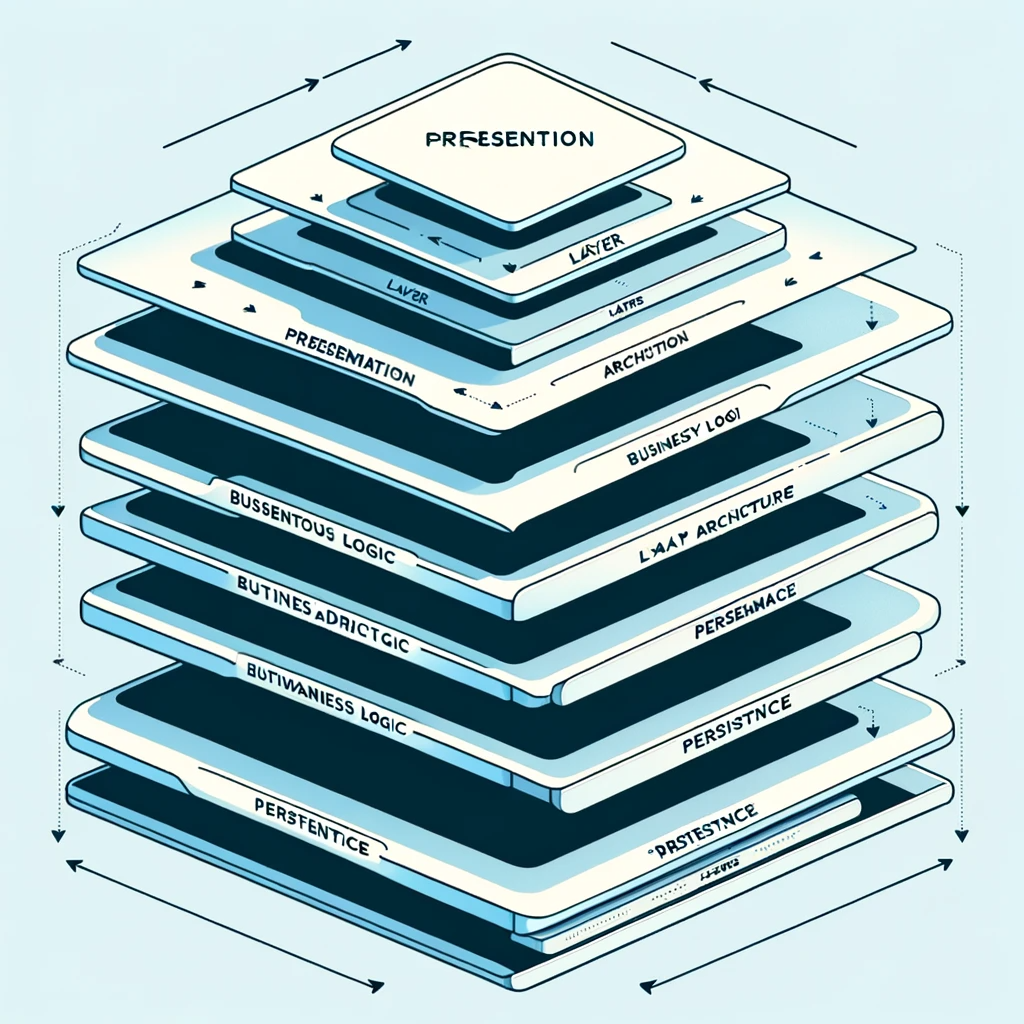
A very widely used pattern that includes UI patterns like MVP as it allows for the separation of Data Layer, Business Logic layer and User Presentation (UI) layers Each layer having a distinct responsibility makes it so the changes in one layer will only impact the adjacent layer and not all the components of the system
Iterative development of each layer warrants the compatibility changes with adjacent layers
Event Driven Architecture
Production and consumption of events between losely coupled softare components.
The software components that produce and consume events can be very diverse but they
can still function incredibly well for high-traffic scalable systems.
It also allows for minimizing the dependencies to the event structures within certain
categories ( topic ) only.
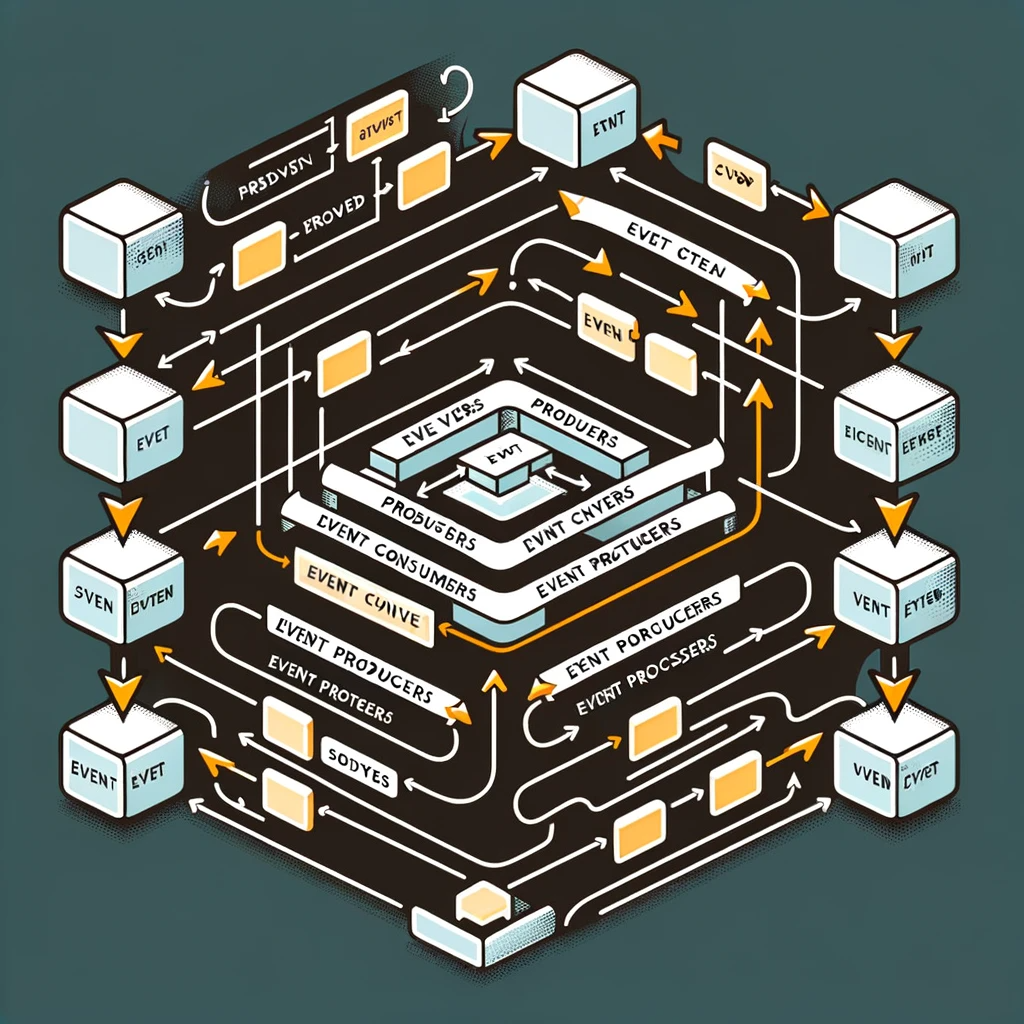
One commonly used and discussed widely pattern is the CQRS pattern. This patterns allows for the
separation of write-operations ( commands ) and read-operations ( queries ).
In GraphQL terminology, read-operations are Queries and write-operations are Mutations
One of the most important middleware here is the MessageBroker or the Pub-Sub system that all software systems communicate through. Most commonly used ones are: Kafka, RabbitMQ and most commonly used protocols are: MQTT, AMQP and STOMP
Microservices Architecture
In this pattern , software application is developed as a collection of services. In this model, It provides the framework to develop, deploy, and maintain microservices architecture diagrams and services independently.
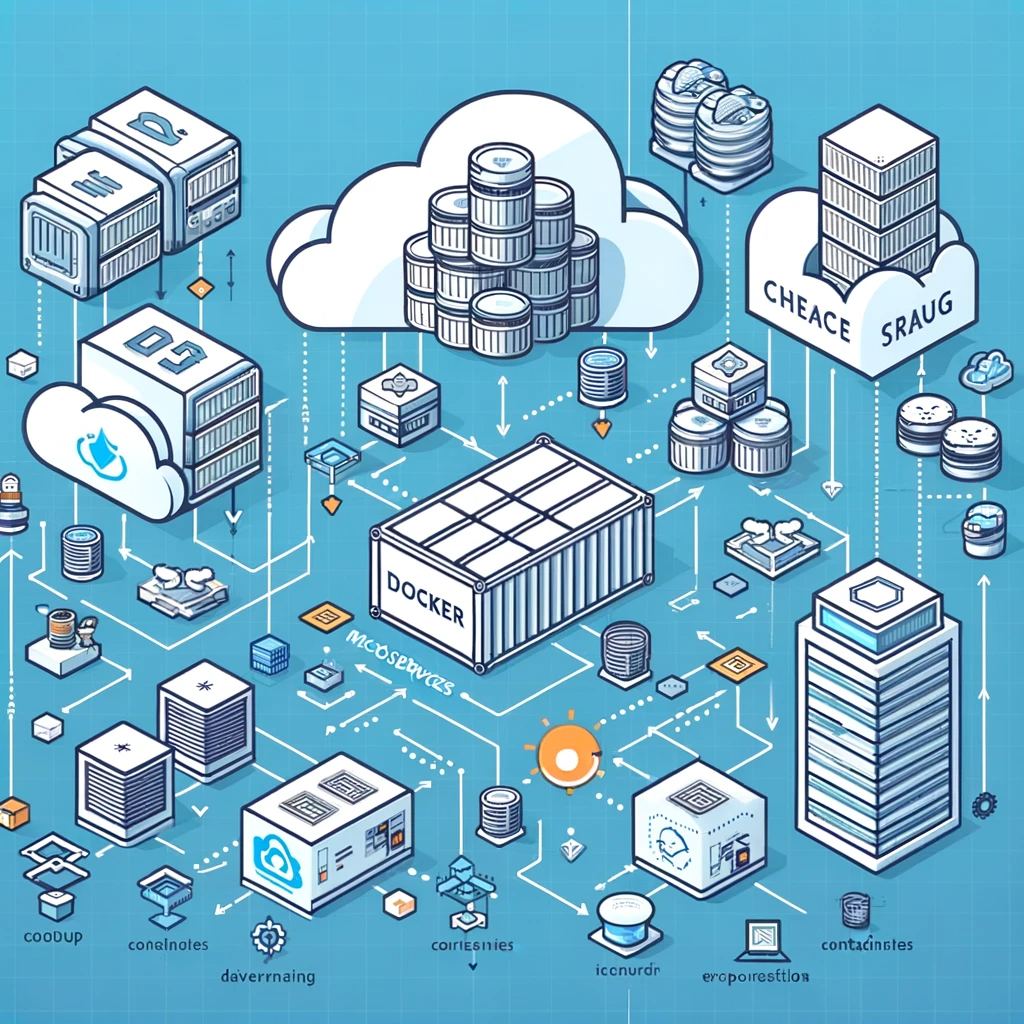
Much of the structures around Cloud Engineering have very good automation for building and deploying microservices to live systems withot any downtime.
As a modern application pattern, this is certainly one of the best patterns that we use these days ( 2023 )
Microkernel Architecture
Here we separate the main part of the software system into a core component
and surround it with components we call Plug-in .
All plugins are dependent on the core itself but isolates the dependencies across
plugins.
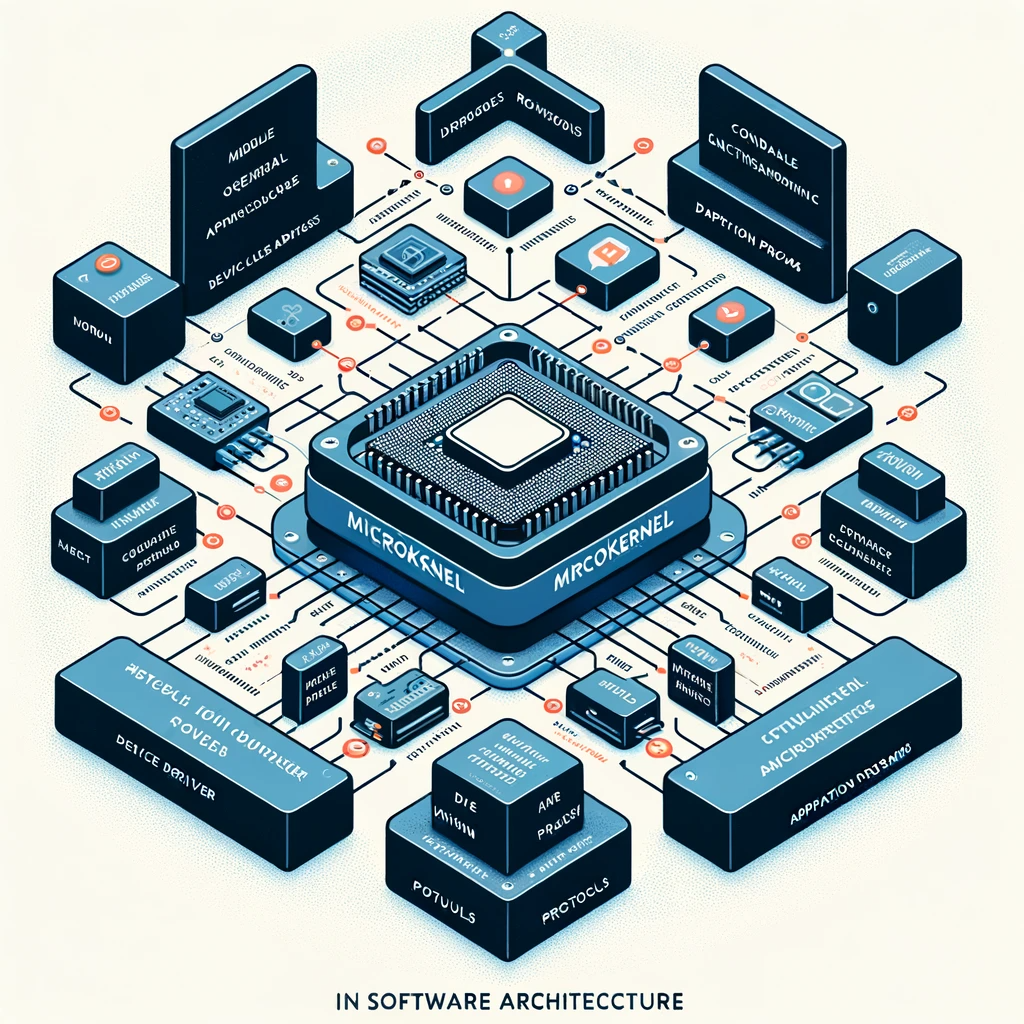
Software lifecycle of the core and the Plug-in can be very different here. e.g. In the traditional OS, the device drivers are like Plug-in and can have their own software lifecycle.
Monolithic Architecture
This pattern is the traditional model of designing sofftware applications. In this model softwae application is developed as a single unit, one single codebase but with many different subcomponents organized in the same codebase.
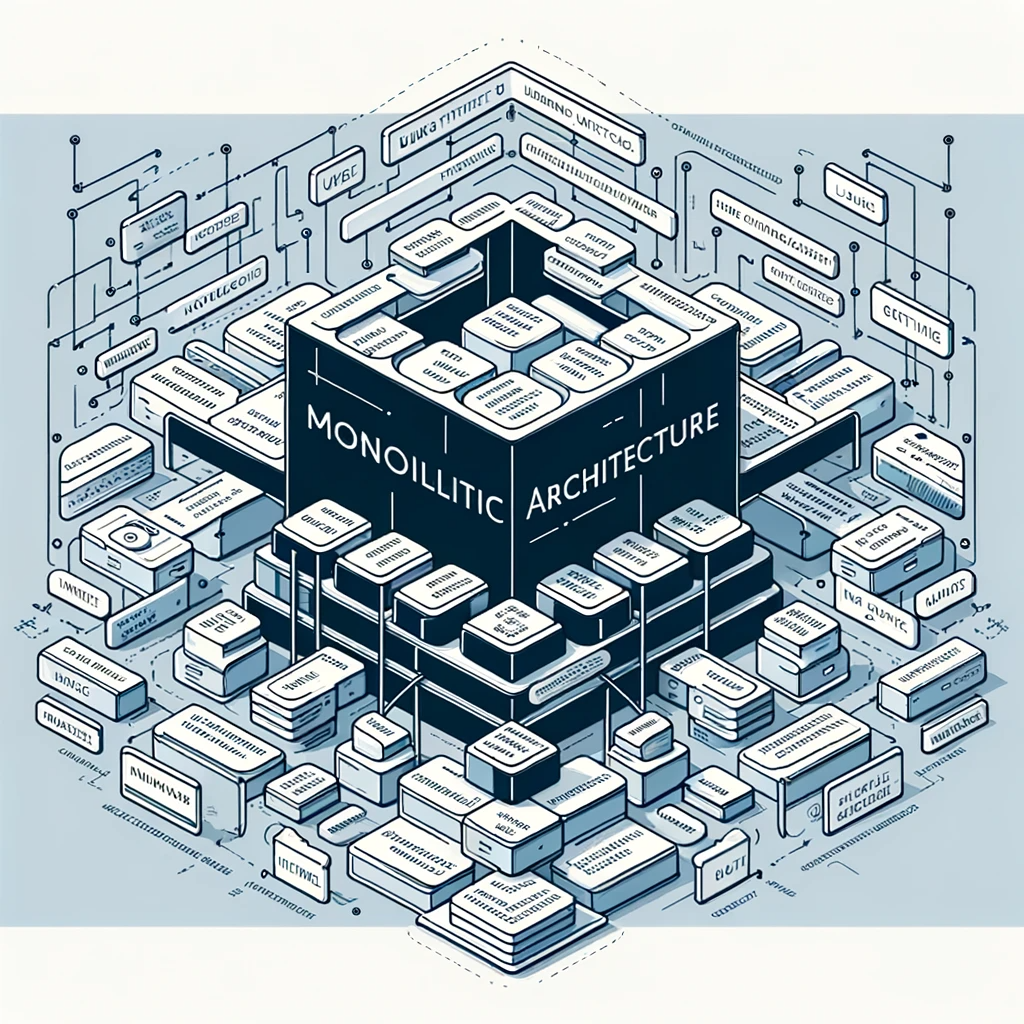
All the software components in a monolithic system are interdependent Monolitic pattern based systems are geared towards high-performance, simplicity and a broad support for underlying hardware systems that it is dependent on.